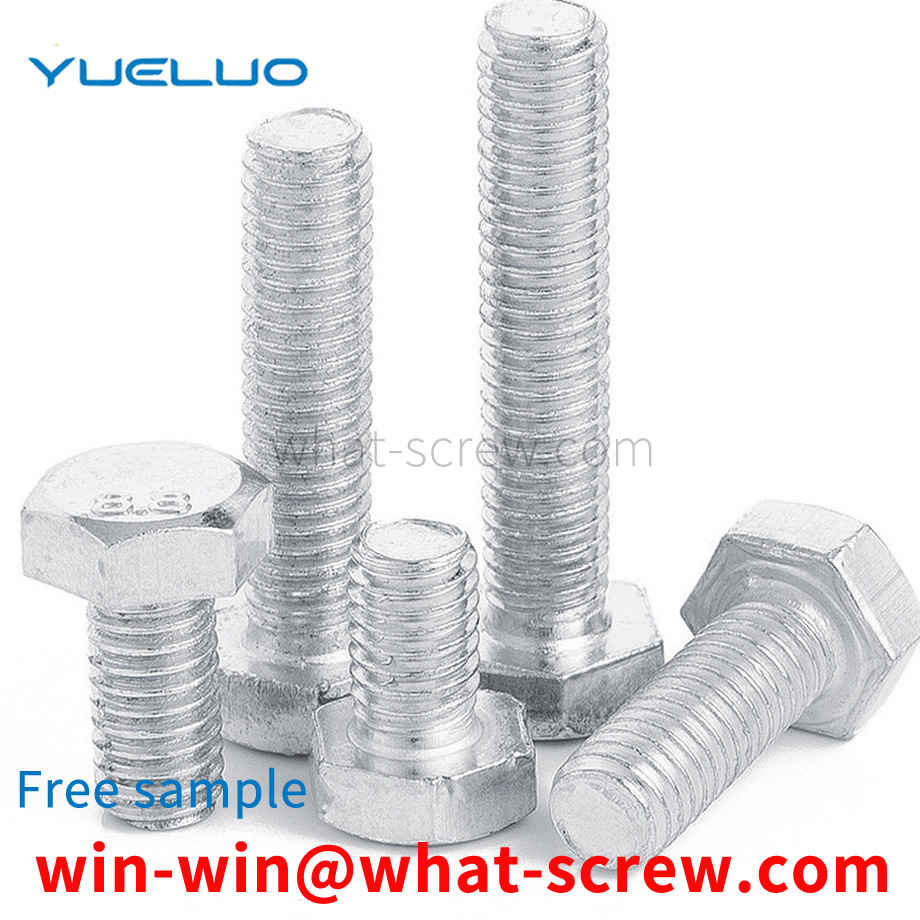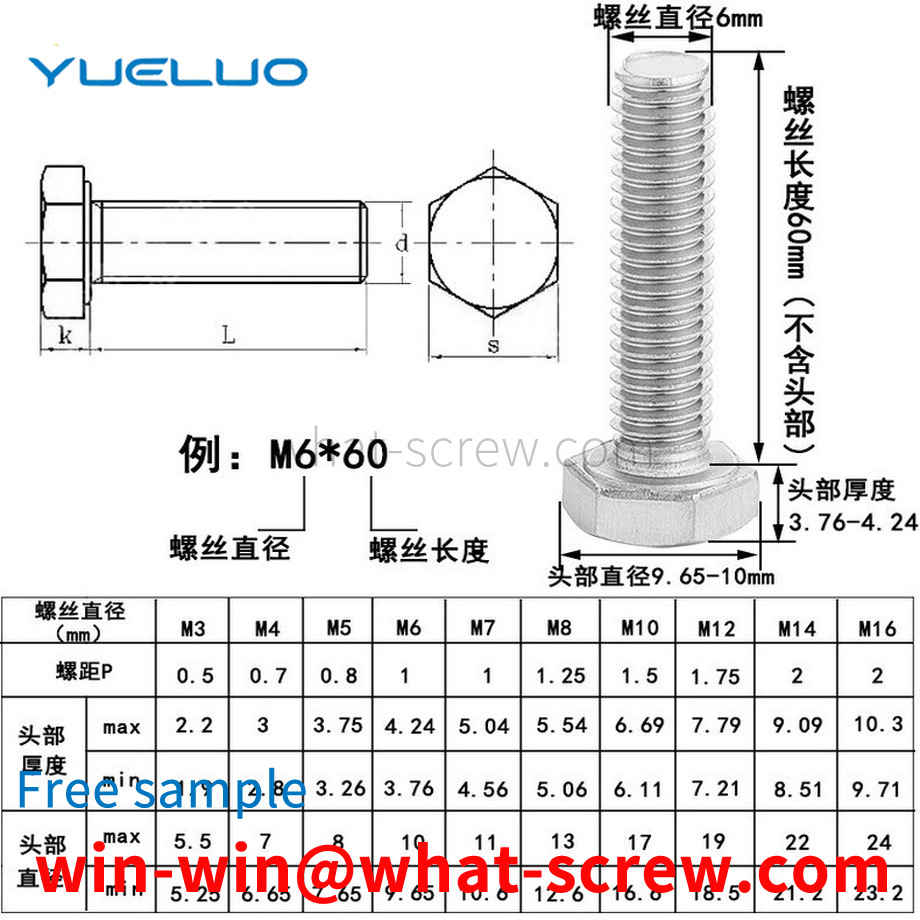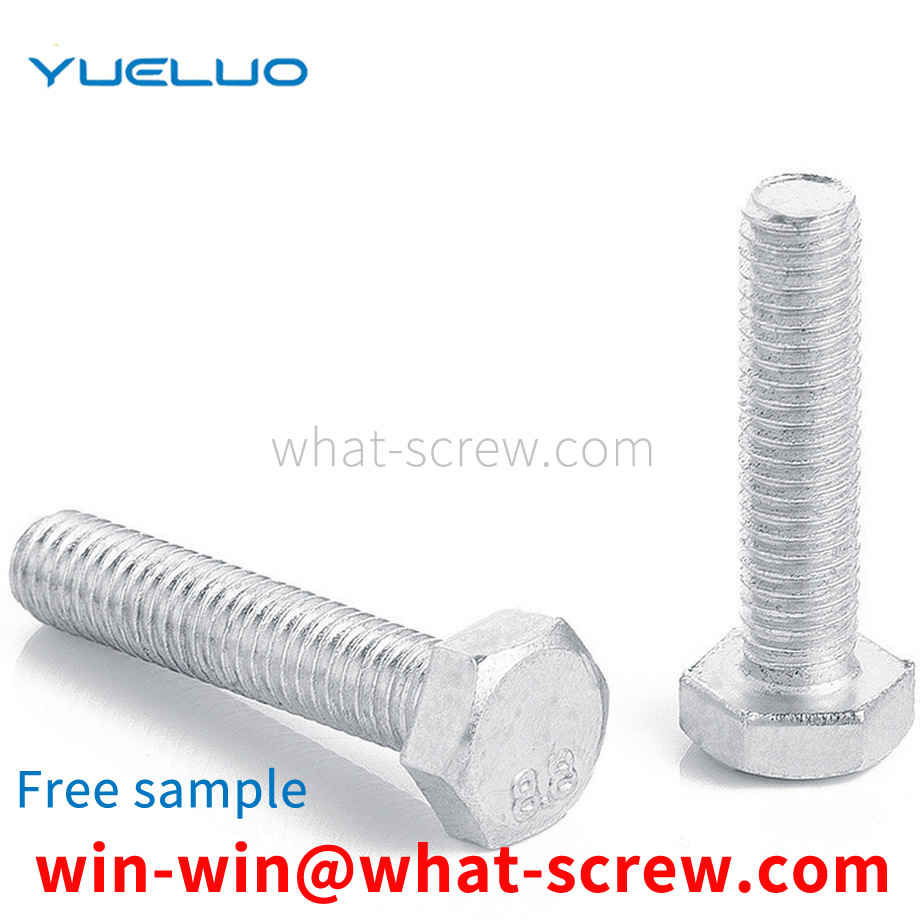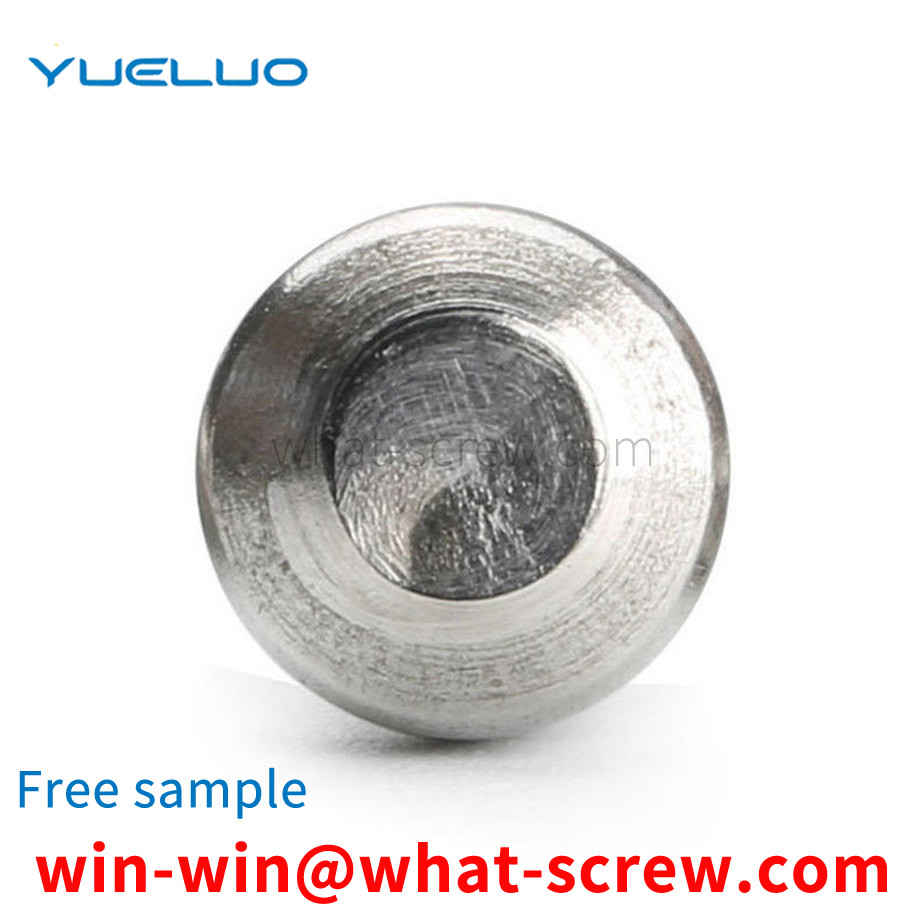What is the tolerance range of precision screws?
What is the tolerance range of precision screws?
Service Hotline
+86760-8787 8587We have more than ten years of experience in screw industry production, the main products are: children's bed and bed, hexagonal studs, furniture nuts, GB861.1, half-tooth full-tooth socket head cap screws, mother and daughter screws, color zinc cross recessed screws, GB3788U Screws, extended ceiling expansion bolts, rubber head adjustment hand-tightening nuts, SOO pressure riveting parts small bottom hole pressure riveting studs, multi-tooth nuts, toothed flat washers, acrylic insulating screws and nuts, rivets and other fasteners, Due to the different materials and specifications of the products, the prices are also different, please contact us if necessary.


When using a rivet nut, drill a hole corresponding to the outer diameter of the rivet nut on the thin wall, then place the rivet nut on the bolt of the special rivet gun, push the handle to screw in the rivet nut, and put it into the drilled hole. In the workpiece, squeeze the handle, the rivet nut expands, and the deformed skirt bulges and deforms. At this time, the workpiece is tightened. After riveting, the handle is pulled out, the bolt is released from the rivet nut, and the corresponding screw is screwed into the rivet nut threaded hole. , forming a tight riveted body.

The existing method of tightening large screws is generally 1. After the nut is screwed to the connected piece by hammering + nut angle method, use a casing to connect the lever arm of the wrench, or use a free hammer to hammer the plate handle, Rotate the nut an additional angle to obtain the required preload. This is not only a primitive and labor-intensive fastening method, but also has great limitations, such as limited space, or the screw itself is a rotating shaft and so on, it is difficult to use this method.


The pretreatment process is a key process that determines the quality of nickel-phosphorus plating on high-strength bolts. The purpose of this process is to remove the passivation layer on the surface of the bolt and prevent the regeneration of the passivation film. The execution of this process directly determines the degree of bonding between the substrate and the coating. Most of the quality accidents in production are caused by poor pretreatment of bolts. Before plating, the oil, rust and oxide scale attached to the surface of the bolt must be carefully removed; the difference with electroplating is that it should be inspected more carefully, and plating is absolutely not allowed on unclean bolts. ① Inspection of bolts: Visual inspection of the surface quality of bolts requires that any burrs left by processing must be removed, and sharp edges and corners must be rounded. ② Manual degreasing; ensure that the surface of the substrate is free of oil stains. ③ Soak and remove oil; boil the bolts in alkaline water to remove the surface oil. ④ Pickling: In order to prevent the alkaline degreasing solution from contaminating the flash nickel plating tank, electro-activation treatment is carried out with pickling solution before flash nickel plating. ⑤ Electro-activation; electro-activation treatment with acid solution. ⑥ Flash nickel plating; flash nickel plating should be used for low alloy steel to increase the bonding strength between the coating and the substrate.

Existing bolt and nut connections usually use threads for connection, and this connection method has two main drawbacks. First, tools are required to be used to lock it during installation, and it takes a long time to complete, which is time-consuming and labor-intensive; Second, the installed bolts and nuts are prone to loosening after a period of time, resulting in loosening and shaking between the connecting parts. Therefore, there is a need for a bolt and nut fastener that is easy to install and can effectively prevent the loose fit of the bolt and nut, so as to solve the problems existing in the prior art.

The above content is uploaded by Yueluo or the Internet. If there is any copyright issue, please contact [email protected].

What is the tolerance range of precision screws?

How to choose the right stainless steel screw manufacturer?

Why is there an R angle under the head of the hexagon head s...

We have more than ten years of production experience in the ...

We have more than ten years of experience in the production ...

We have more than ten years of experience in the production ...

We have more than ten years of experience in screw industry ...